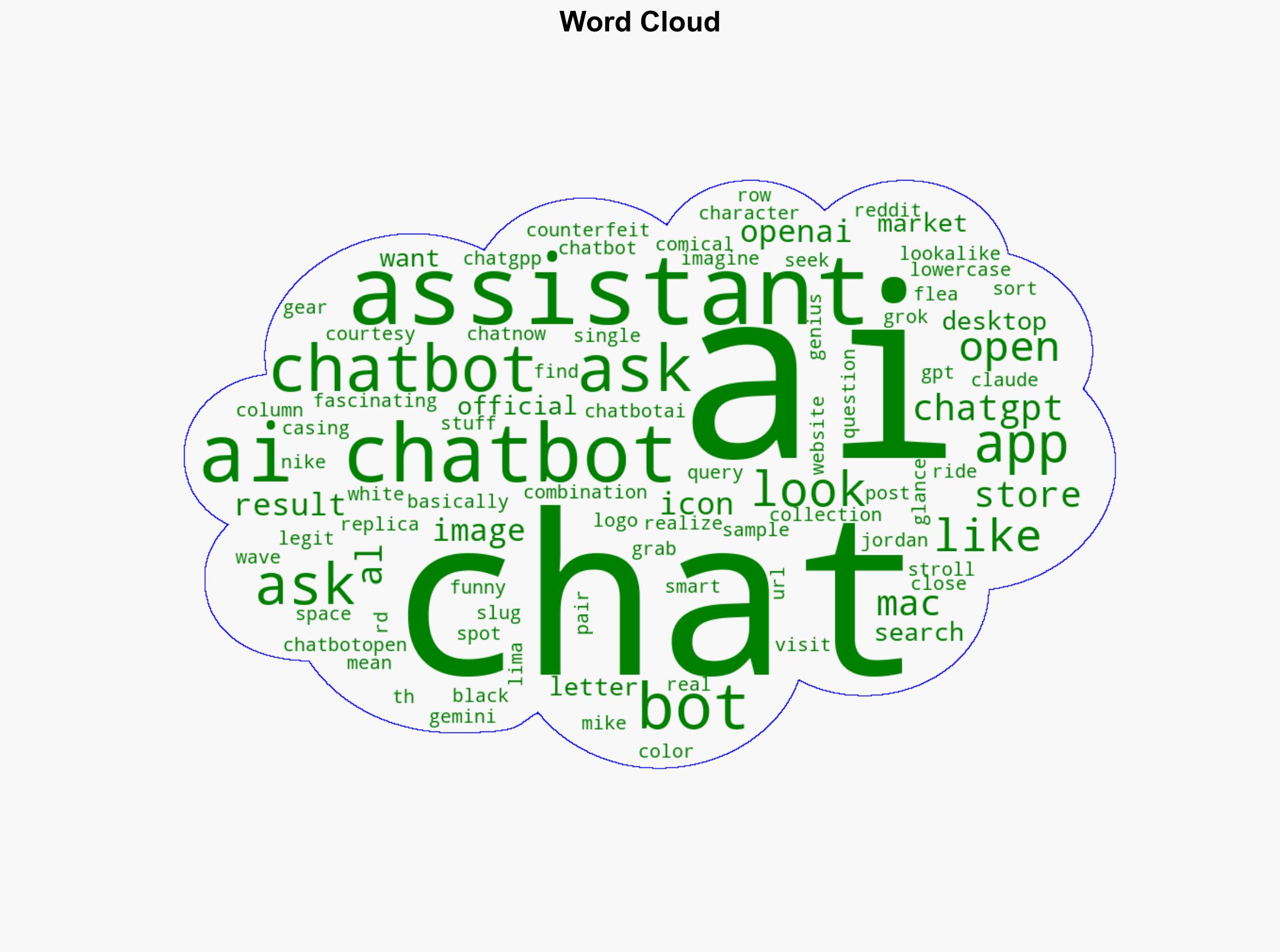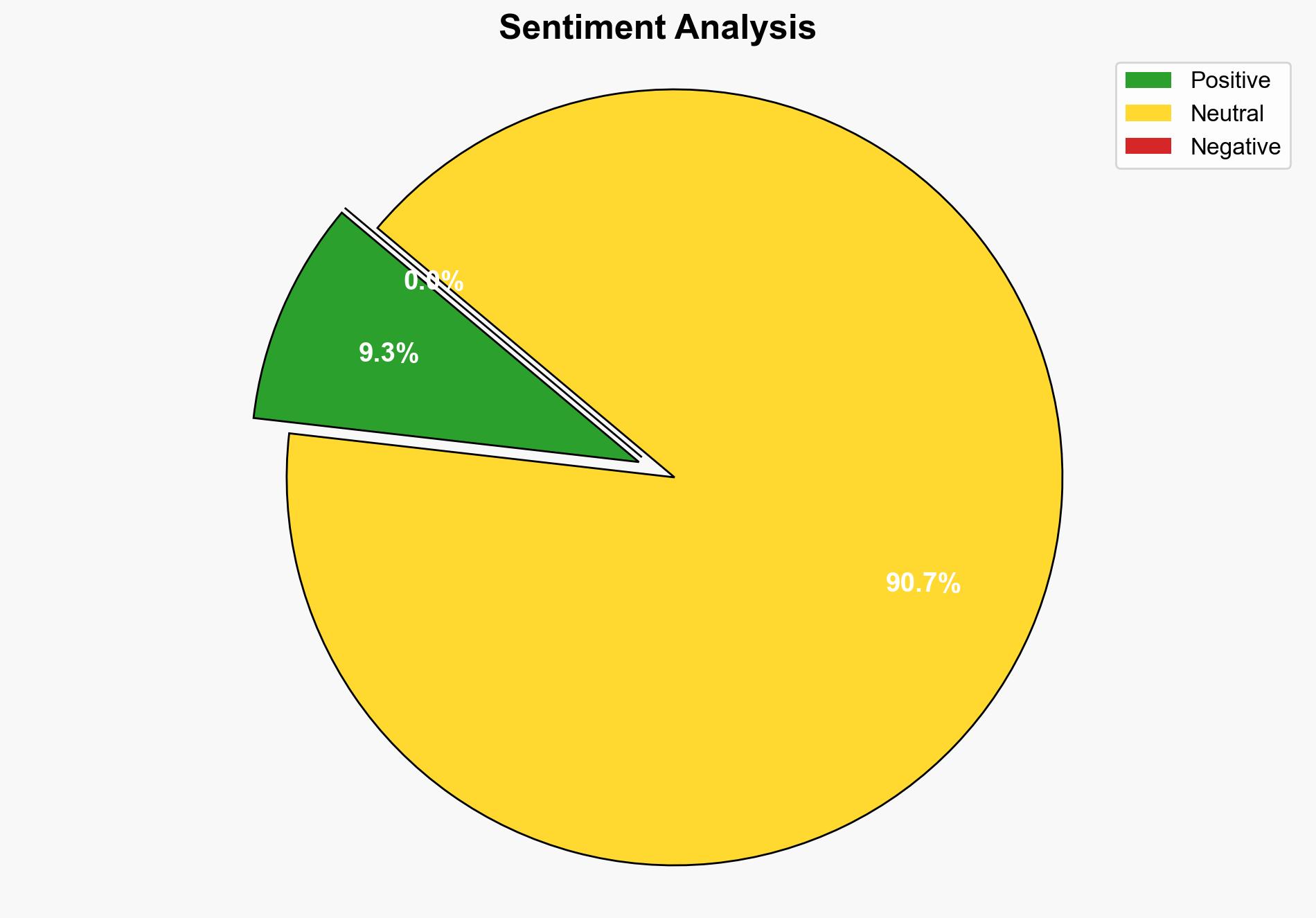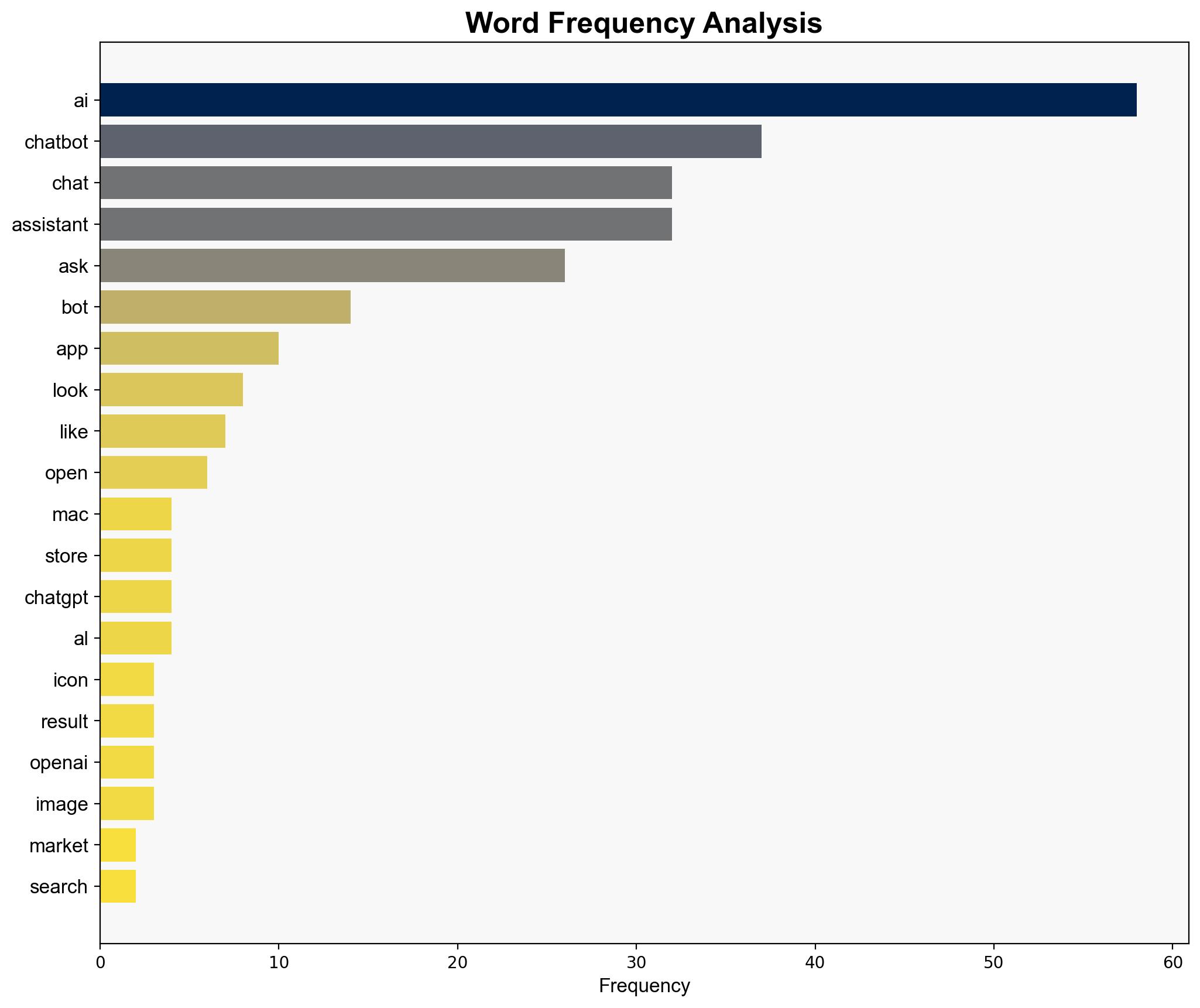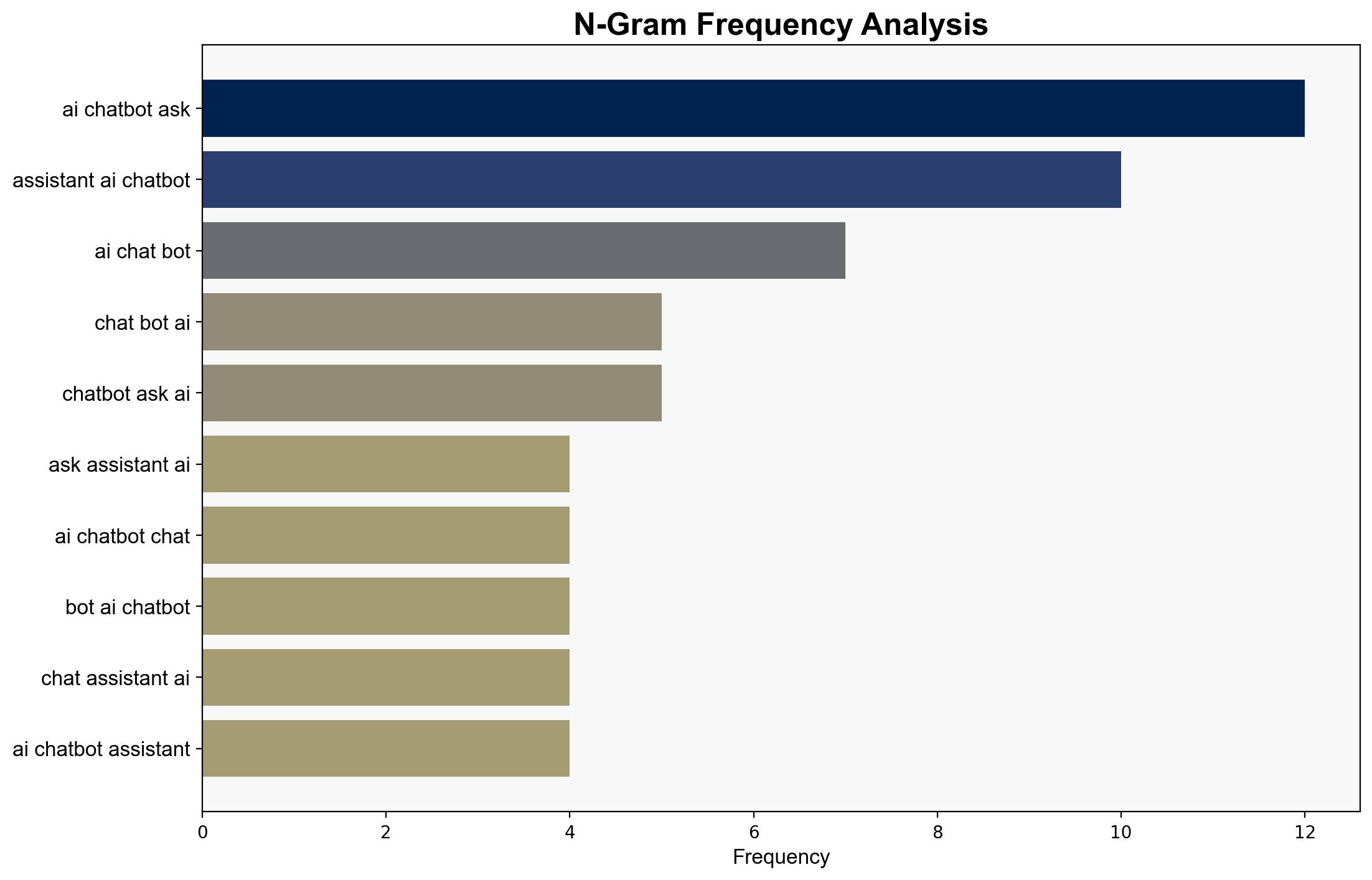The Mac App Flea Market – Jim-nielsen.com
Published on: 2025-09-15
Intelligence Report: The Mac App Flea Market – Jim-nielsen.com
1. BLUF (Bottom Line Up Front)
The analysis suggests a moderate confidence level that the proliferation of counterfeit apps in the Mac App Store reflects a broader issue of inadequate digital marketplace regulation, potentially leading to cybersecurity vulnerabilities. The most supported hypothesis is that these counterfeit apps are primarily a result of opportunistic developers exploiting lax oversight rather than a coordinated effort to undermine cybersecurity. Recommended action includes strengthening app vetting processes and increasing user awareness.
2. Competing Hypotheses
1. **Hypothesis A**: The presence of counterfeit apps in the Mac App Store is primarily due to opportunistic developers taking advantage of insufficient vetting processes to profit from user confusion.
2. **Hypothesis B**: The counterfeit apps are part of a coordinated effort to compromise user data and security, potentially linked to malicious actors with broader cyber objectives.
Using the Analysis of Competing Hypotheses (ACH) 2.0, Hypothesis A is better supported by the evidence, as the description of the apps suggests superficial mimicry aimed at capitalizing on brand recognition rather than sophisticated malware deployment.
3. Key Assumptions and Red Flags
– **Assumptions**: It is assumed that the Mac App Store’s vetting process is insufficient to filter out counterfeit apps. Another assumption is that users can easily be deceived by app appearance alone.
– **Red Flags**: The lack of detailed information on the technical capabilities of these apps raises concerns about potential hidden functionalities. The absence of direct evidence linking these apps to malicious activities is a blind spot.
4. Implications and Strategic Risks
The proliferation of counterfeit apps poses a risk of eroding consumer trust in digital marketplaces, which could have economic implications for legitimate developers. Additionally, if these apps are exploited for malicious purposes, there could be significant cybersecurity risks, including data breaches and unauthorized access to sensitive information. This scenario could escalate if malicious actors use similar tactics in other app ecosystems.
5. Recommendations and Outlook
- Enhance the app vetting process in digital marketplaces to include more rigorous checks for authenticity and security.
- Increase public awareness campaigns to educate users on identifying counterfeit apps.
- Best-case scenario: Improved vetting processes lead to a significant reduction in counterfeit apps. Worst-case scenario: Counterfeit apps are used as a vector for widespread cyberattacks. Most likely scenario: Continued presence of counterfeit apps with gradual improvements in detection and prevention.
6. Key Individuals and Entities
Jim Nielsen, the author of the source text, provides insights into the issue of counterfeit apps. No other individuals are explicitly mentioned.
7. Thematic Tags
cybersecurity, digital marketplace regulation, consumer protection, app store vetting





